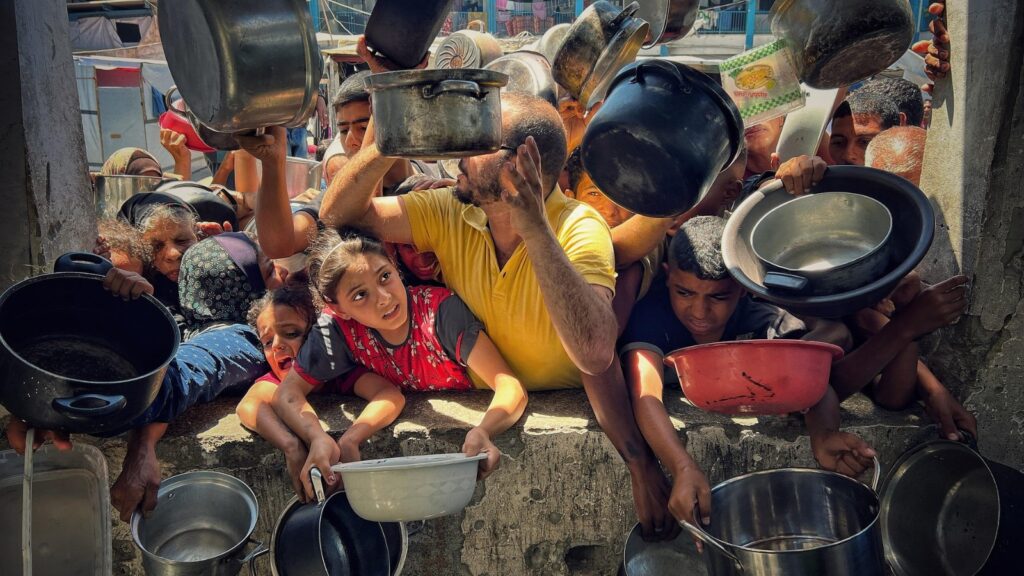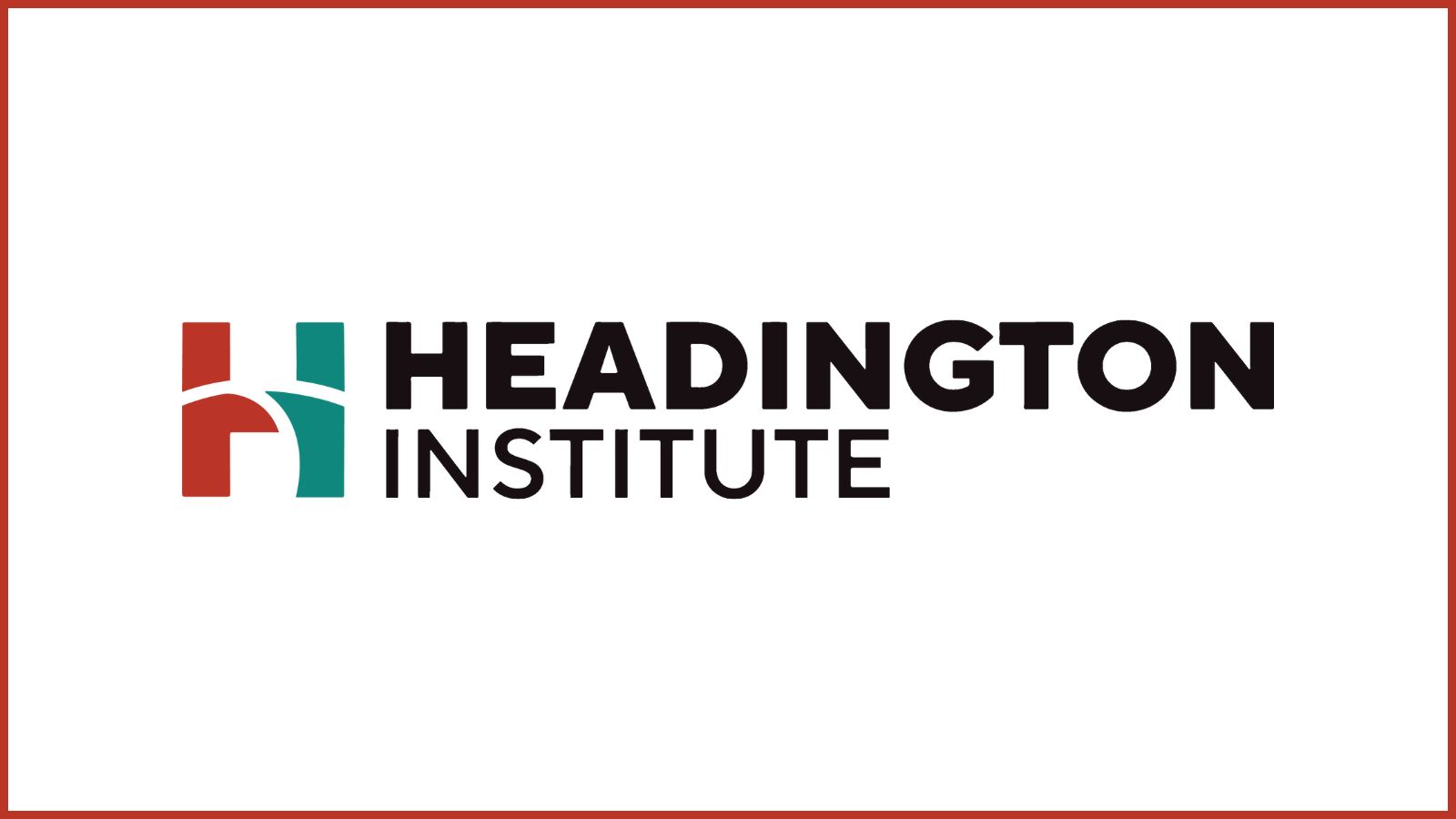By Muriel Tyan, Senior Consulting Psychologist
In the ongoing humanitarian crisis in Gaza, humanitarian operations are conducted under conditions of sustained bombardment, active combat, military blockades, and deep cultural sensitivities. The emotional burden of working in conflict zones is immense for both female and male humanitarian staff. Female humanitarian workers, like their male counterparts, often grapple with the trauma of witnessing suffering, loss, and displacement on a daily basis. They are not merely providers of aid; they are also community members who empathize with the struggles of those they assist. This deep connection can lead to compassion fatigue and mental health challenges. Female staff are more likely to internalize stress and are less inclined to seek professional help due to stigma. Documented effects include Post-Traumatic Stress Disorder (PTSD) from regular exposure to bombardment and civilian casualties, along with burnout, compassion fatigue, isolation, and guilt about leaving behind beneficiaries and local colleagues.
The essential role of female humanitarian staff has become increasingly visible yet remains profoundly underappreciated, with their challenges intensified. Women working in conflict response not only navigate the immediate challenges of providing aid but also bear additional burdens stemming from societal norms, security risks, and the psychological toll of their work. Female humanitarian workers often find themselves at the intersection of gender and conflict. While they are crucial in delivering aid—especially in areas concerning women’s health, education, and family support—they face unique challenges that their male counterparts may not encounter.
Female humanitarian workers face a constellation of risks that are both immediate and structural. The security risks in conflict zones disproportionately affect women around the world. Female aid workers are at times more vulnerable to harassment and violence, both from armed groups and within their communities. This reality creates an environment where women must constantly assess their safety while striving to fulfill their humanitarian missions. Risks often increase during transport, at checkpoints, or in accommodations with limited security. The reluctance to report these incidents often stems from stigma; female aid workers are frequently evaluated against a “male standard” of resilience and endurance. When they voice concerns about safety, harassment, or burnout, these issues are sometimes dismissed as personal weaknesses rather than being recognized as systemic challenges requiring institutional solutions.
In conservative societies like Gaza, gender norms may restrict women’s mobility and limit their access to certain areas, hindering their ability to perform effectively. These barriers restrict interactions with male colleagues and expose female staff to social judgment. Some female staff feel compelled to alter their behaviour, dress, or public presence to align with local expectations, which can create additional stress. Furthermore, due to stigma surrounding sexual violence and mental health, female staff are less likely to access counselling or report abuse. They often fear professional consequences or social repercussions if they speak out.
To address these burdens, humanitarian organizations must prioritize the well-being of female staff. This includes providing mental health support, ensuring safe working conditions, and fostering an inclusive environment that values their contributions. Training programs should emphasize gender sensitivity and provide strategies for navigating the unique challenges faced by women in conflict zones. Amplifying the voices of female humanitarian workers in decision-making processes is also essential. Their firsthand experiences can inform better policies and practices that address the specific needs of women in conflict situations.
To adequately address these challenges, organizations must adopt gender-sensitive and context-specific measures that acknowledge risks and implement practical safeguards. It is highly recommended to adjust pre-deployment briefings to include specialized security briefings for female staff that address risks of harassment, assault, and cultural sensitivities. These briefings should incorporate scenario-based training for handling harassment, navigating checkpoints, and dealing with isolation. Additionally, mandatory psychological preparedness training should focus on coping mechanisms for stress, secondary trauma, and strategies for boundary-setting.
During deployment, establishing gender-sensitive reporting channels will be crucial, ensuring guaranteed confidentiality and protection from retaliation, along with anonymous hotlines and independent ombudspersons. Organizations must also provide secure, gender-sensitive housing and safe transport arrangements, particularly during night shifts or in volatile areas.
Post-deployment, structured reintegration programs should address long-term psychological effects, including PTSD, burnout, and moral injury. These programs should incorporate confidential counselling and peer-to-peer support groups.
The burdens borne by female humanitarian workers in Gaza are profound, extending far beyond the physical dangers of conflict. Their vulnerabilities are rooted in gendered risks—such as sexual violence, cultural barriers, and limited access to support—that compound the universal stressors of humanitarian work. By acknowledging these realities and implementing robust, gender-specific support systems, the humanitarian sector can better protect the women who risk their lives to deliver aid.



